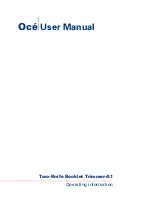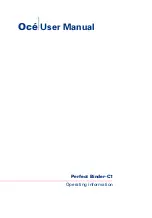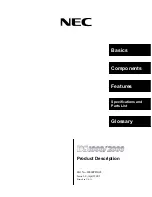
6RL SERIES OPERATION MANUAL
SECTION 7: REMOTE PROGRAMMING
Entire Contents Copyright
2018 by Adaptive Power Systems, Inc. (APS) • All Rights Reserved • No reproduction without written authorization from APS.
6RL Series Regenerative DC Load Operation Manual
Page 115 of 204
7.2.6
Message timing and command execution time
The timing of communication, more precisely the control over the chronological run of two
subsequent messages, is not controlled by unit and is the responsibility of the user.
As a rule of thumb, the unit cannot process incoming messages as fast they can be
technically transferred by the interface hardware and its specifications. Thus, it is important
to time communication and wait a certain time before the next command is sent, no matter
what interface is used. This does not include protocol related data traffic, like it occurs for
example between a Profibus slave and its Profibus master, because this traffic is handled by
the interface itself, not by the unit.
The following also applies:
Queries to the units, i.e. commands that read something, are executed faster and
may be sent more often and in shorter intervals.
Write commands, i.e. commands that set a value or a status, are not immediately
executed when received and the delay before execution varies.
7.2.6.1
Execution time when writing
Due to different internal design of the series, different types of microcontrollers, which
control the hardware and communicate with the PC, and different firmware revisions may
affect the time for processing a set value or status command. These is no fixed time
between setting a value and the corresponding reaction on the DC Input. An average value
for current unit situation can be determined by the user with triggering a measurement
parallel to a command transfer
7.2.6.2
Response time when reading
Reading something from a unit is usually responded to after a certain response time. There
are generally two methods of communicating with a port:
1.
Open port -> write query to port -> read response from port -> close port
2.
Open port -> write query to port -> read response from port -> repeat write/read x
times -> close port
Reading a response from the port is generally required with ModBus, because there could
also be an unexpected error message. Using SCPI, reading from the port is only required
after query commands, i.e. those ending with a "?".
Both methods have advantages and disadvantages. The primary advantage of method 2
over method 1 is that writing and reading can result in an even faster response time. The
primary advantage of method 1 over method 2 is that closing the port also closes the
connection which makes communication more stable, especially if the time between two
write-read cycles is very long. The values in the table below have been acquired using
method 1.
Содержание 6RL Series
Страница 203: ......
















































